![]()
![]()
![]()
Use LEFT and RIGHT arrow keys to navigate between flashcards;
Use UP and DOWN arrow keys to flip the card;
H to show hint;
A reads text to speech;
43 Cards in this Set
- Front
- Back
|
Graphic Design
|
A form of communication that conveys a specific message to specific audiences through the means of words and type, images and other graphic elements and layout.
|
|
|
Visitor
|
Everyone who happens upon your site
|
|
|
User
|
Intentional visitors who are looking for something specific
|
|
|
Audience
|
Visitors you are trying to reach, to whom you are trying to deliver your message, and with whom you are trying to establish an ongoing relationship
|
|
|
Target Audience
|
You many have a single target audience or multiple target audiences - primary and secondary.
|
|
|
Audience
|
Made up of groups of individuals with certain characteristics, needs, and desires in common
|
|
|
Graphic Design
|
A mixture of art and business
|
|
|
Graphic Design
|
Taking an artistic vision and applying it practically within a world of planning, client needs, budgets, and materials
|
|
|
Static Storyboard
|
No action elements. Used for graphic design such as logos and page banners
|
|
|
Animatic Storyboard
|
Indicating action, movement, camera angles, or the passage of time. Typically used in making movies
|
|
|
Main Purpose of Graphic Design
|
To be useful and functional to the target audience and client
|
|
|
Storyboard
|
Tell a visual story with enough detail for developers to know what to build
|
|
|
Ingredients of Graphic Design Storyboards
|
Scale, Colors, Audience, Purpose, Explanation or description of design
|
|
|
Graphic Design Elements
|
Building blocks of graphics
|
|
|
Graphic Design "Elements"
|
Line, color, shape, texture
|
|
|
Hue
|
Another word for color
|
|
|
Chroma
|
The intensity or purity of color
|
|
|
Tint
|
Color mixed with white
|
|
|
Tone
|
Color mixed with gray
|
|
|
Shade
|
Color mixed with black
|
|
|
Color
|
Can enhance or detract from a composition
|
|
|
Color Wheels
|
Help determine which colors are in greatest contrast
|
|
|
Analogous Colors
|
Adjacent to (next to) eachother on the color wheel
|
|
|
Complementary Colors
|
Opposite eachother on the color wheel
|
|
|
Color can be used to
|
Label items and show heirarchy
Represent or imitate reality Unify, separate, or emphasize Decorate |
|
|
Color
|
Should be used consistently
|
|
|
Shapes
|
Enclosed objects that can be created by line or color and value changes that define their edges
|
|
|
Texture
|
The surface look of an object created by varying dark and light areas.
Roughness, Smoothness, Depth |
|
|
Graphic Design "Principles"
|
Ways in which elements are used together
|
|
|
Graphic Design "Principles"
|
Movement, Balance, Emphasis, Unity
|
|
|
Movement
|
The use of lines, color, and repetition to create the illusion of motion
|
|
|
Balance
|
The act of comparing or estimating two things, one against the other, and the contrast between:
- Empty space (white space) and filled space; - Text and images - Colors and no colors and different colors - Textures against flat colors |
|
|
Lines
|
Can indicate motion or direction
|
|
|
Three different types of balance when using color, shape, and position
|
1. Symmentry
2. Asymmetry 3. Radial Symmetry |
|
|
Lines of symmentry
|
Horizontal, vertical, diagonal
|
|
|
Unity
|
The correct balance of composition or color that producces a harmonious effect
|
|
|
Emphasis
|
To express with particular stress or force
|
|
|
Rule of Thirds
|
The rule states that an image should be imagined as divided into nine equal parts by two equally-spaced horizontal lines and two equally-spaced vertical lines, and that important compositional elements should be placed along these lines or their intersections.
|
|
|
Symmetrical Balance
|
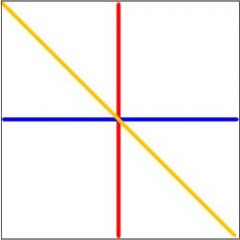
|
|
|
Example of symmetrical balance
|
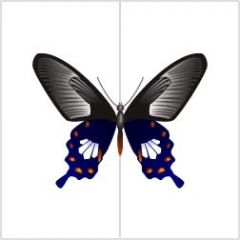
|
|
|
Asymmetrical Balance
|
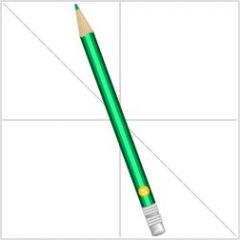
|
|
|
Radial Balance
|
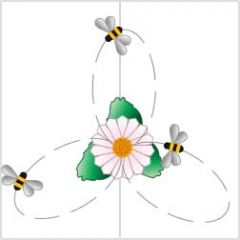
|
|
|
Rule of Thirds
|
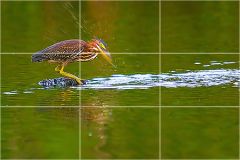
|

